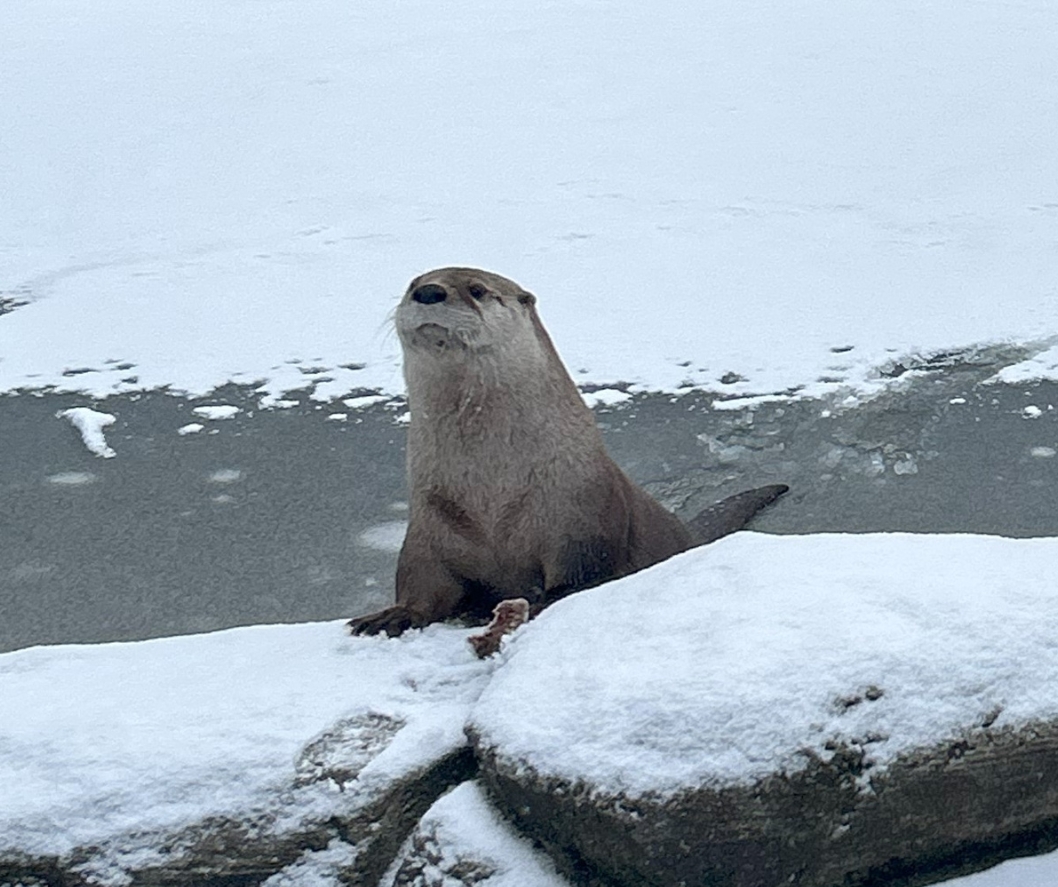- Ophelia’s safe return and veterinary assessment
- Wildlife conservation strategies in zoo environments
- Implications and practices of otter breeding season
- The role of technology in wildlife tracking
- Community involvement in wildlife conservation efforts
Ophelia’s safe return to her habitat has been a remarkable event. The use of professionals from Suamico Trap LLC proved instrumental in capturing her without harm, showcasing the importance of expert intervention in animal retrieval scenarios. Following her safe return, a comprehensive veterinary examination affirmed Ophelia’s excellent health. These procedures are vital in wildlife management as they help detect any potential health issues before reintroducing animals to their habitats. In zoos, such health checks are standard protocol to ensure that the well-being of the animals is given top priority.
Ophelia’s return also sheds light on the intricacies of managing wildlife in captive settings. Zoos are not just places for public entertainment; they play a pivotal role in wildlife conservation and education. These institutions are tasked with maintaining an environment that closely resembles an animal’s natural habitat, promoting mental and physical well-being. Ophelia’s preference for privacy and napping during periods of low activity reflects natural animal behavior that zoos need to support. By striving to offer environments that cater to individual animal needs, zoos can enhance their efforts in conservation, research, and public education.
Otter breeding season presents additional complexities in managing these intelligent animals. During this period, male otters like Louie may venture further from their established territories in search of mates, thereby increasing the risk of them becoming lost or facing other environmental challenges. Understanding this behavior is crucial for zoo staff and local wildlife managers, as it guides how they monitor and manage otters during this active season. This knowledge allows managers to adopt non-invasive monitoring techniques that help maintain animal safety while minimally disrupting their natural behaviors.
Technology has increasingly become a powerful tool in wildlife management. Use of motion-activated cameras acts as an unobtrusive approach to monitoring animal movements and behaviors. These cameras help gather data without human interference, providing insights into patterns and behaviors that might otherwise go unnoticed. For Louie, these technological aids are an integral part of ongoing efforts to track his movements safely and effectively. The data collected contributes to a growing database of knowledge which can inform future conservation efforts and strategies both within and outside captive settings.
The successful rescue of Ophelia also highlights the indispensable role of community engagement in wildlife conservation initiatives. Local residents are encouraged to report otter sightings, thereby working in collaboration with zoo authorities. Such community involvement significantly enhances the zoo’s ability to quickly locate wandering animals like Louie. This type of citizen science is crucial, as real-time information from the public can make a substantial difference in intervention and rescue operations. Public participation fosters a sense of shared responsibility and awareness about wildlife conservation, expanding its reach beyond professional circles.
Wildlife conservation efforts in the zoo context are multifaceted and require collaboration from various stakeholders, including experts, technological specialists, and the general public. The return and continued search for animals like Ophelia and Louie serve as tangible reminders of the symbiotic relationship between humans and wildlife. It underscores the need for informed, responsible, and effective wildlife management practices to ensure the long-term survival and well-being of species in both captive and natural environments. By prioritizing animal welfare through advanced monitoring and community collaboration, we can foster a more harmonious coexistence with the wildlife that shares our world.
*****
Source Description
-Otter Update-
Ophelia is home!!
This is NOT an April Fool’s Day trick: Ophelia was safely secured on Friday evening -thanks to expert help from Suamico Trap LLC- and spent a few days behind-the-scenes for observations. A full veterinary exam yesterday revealed that she is in perfect health. She’s been returned to the regular otter habitat this morning but may not always be visible to guests: Ophelia has always been a bit shy and enjoys tucking into things to take naps throughout the day.
We continue the search for Louie and appreciate folks in the general area of the Zoo to continue to send in your reports of sightings (with photo/video whenever possible). This is otter breeding season and we expect that, as a male otter, Louie is likely ranging a bit further from home than Ophelia did, but it’s still likely that he’s not all that far away. We continue our use of motion-activated cameras to track his movements.


